The Vietnam Museum of Traditional Medicine, located in District 10 of southern Ho Chi Minh City is a place for visitors who want to learn more about traditional medicine in Vietnam. Here on display are more than 3,000 exhibits dating from the Stone Age to the present.
The Vietnam Museum of Traditional Medicine was built and managed by the Fito Pharmacy Company Ltd., hence it is also called the FITO Museum.
Covering an area of 600m2, the museum has five floors with 24 rooms, of which 16 are designed for displaying the exhibits. On the upper floor, there is a hall to worship two ancestors of the Vietnamese traditional medicine, including Tue Tinh (born in 1330 and died post-1855) and Hai Thuong Lan Ong or Le Huu Trac (1720-1791). There are horizontal boards and parallel sentences made of wood and painted with red lacquer trimmed with gold, which honor the merits and virtues of these two famous physicians. On the walls and pillars of the museum, there is a series of wood engravings which describe the production steps of Vietnamese traditional medicine.
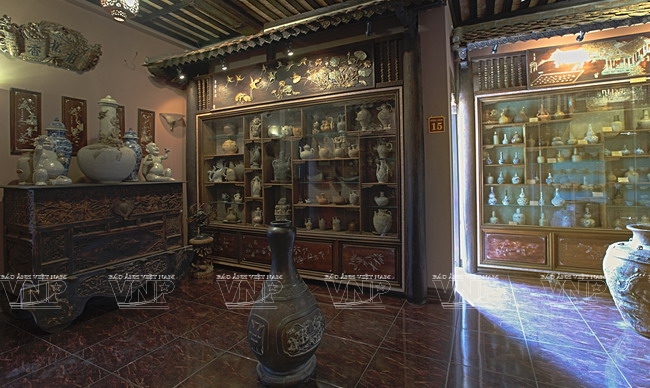
A corner to display items related to Vietnamese traditional medicine at Fito. Photo: Nguyen Luan/VNP
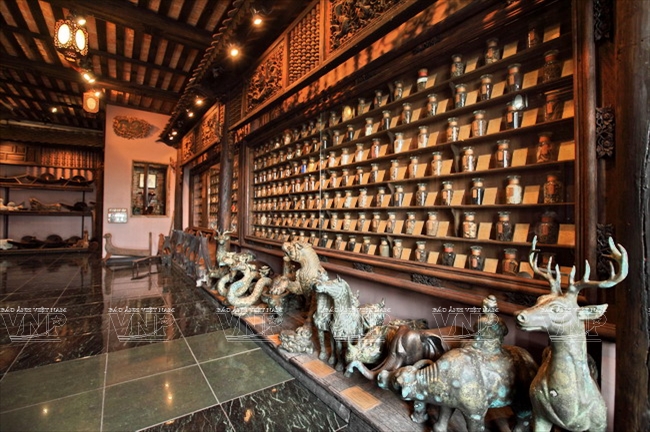
A room to display Vietnamese traditional medicines and prescriptions. Photo: Nguyen Luan/VNP
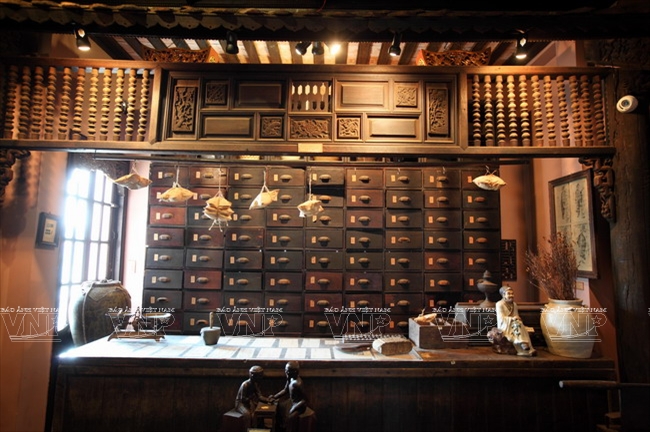
A herbal medicine shop duplicated at Fito. Photo: Nguyen Luan/VNP

Ancient wine containers and herbal wines on display at the museum.
Photo: Nguyen Luan/VNP
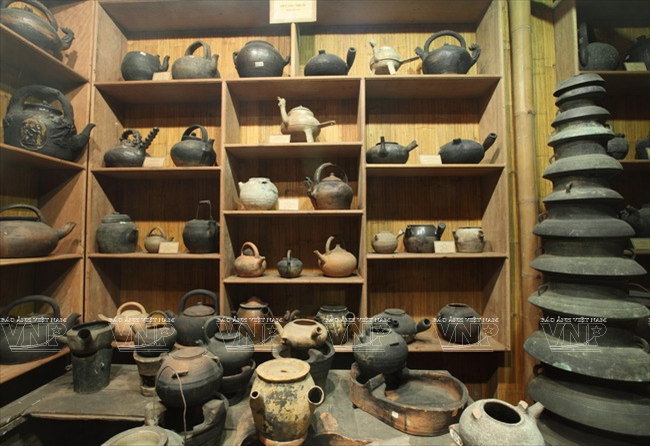
Pots and kettles used to cook medicinal concoctions of different ages on display at Fito.
Photo: Nguyen Luan/VNP

A room to display different types of scales to measure medicines. Photo: Nguyen Luan/VNP
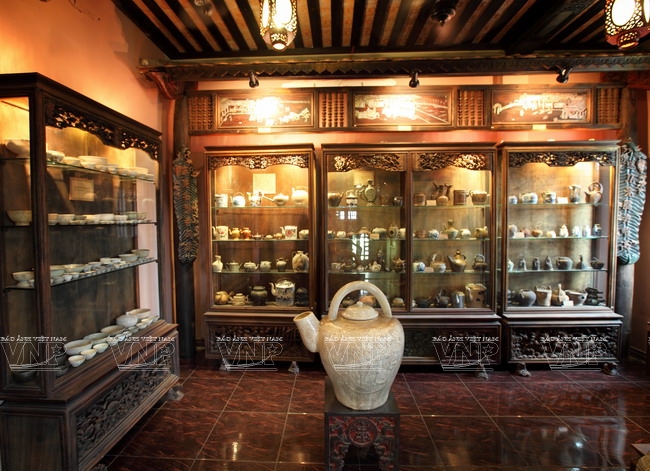
Pots and bowls used to contain medicines of different ages. Photo: Nguyen Luan/VNP

A corner to display precious herbal medicines at the museum. Photo: Nguyen Luan/VNP
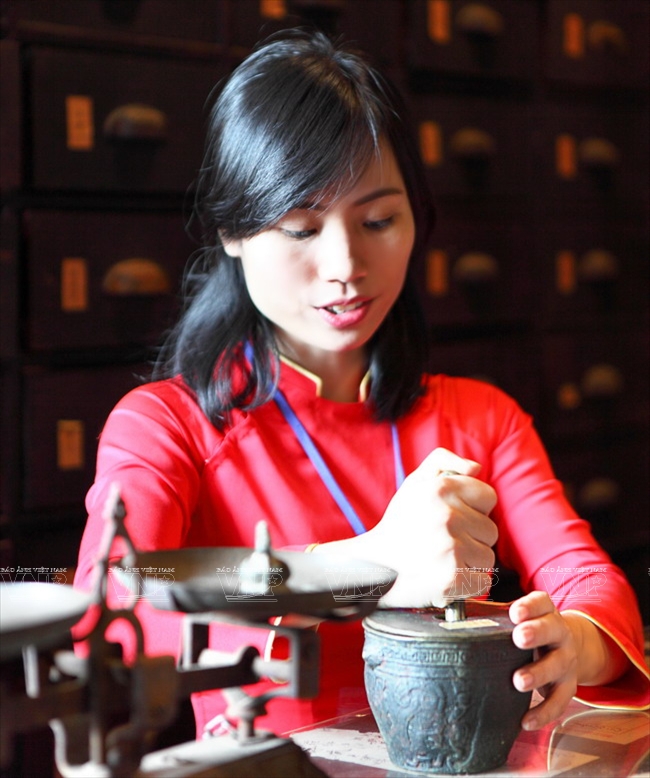
At the museum, visitors can watch guides perform medicine processing procedure.
Photo: Nguyen Luan/VNP
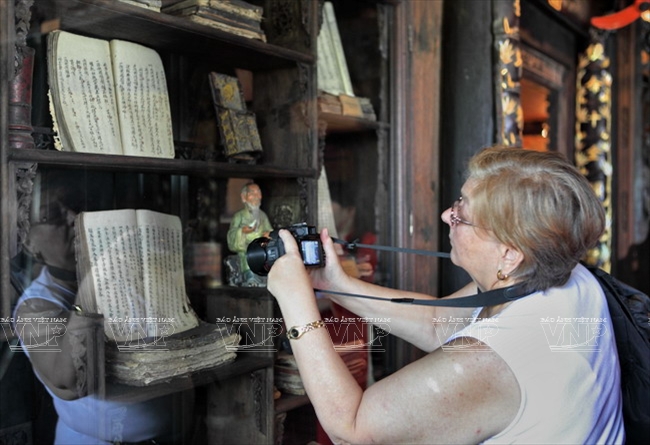
A foreigner learns about items displayed at Fito. Photo: Nguyen Luan/VNP
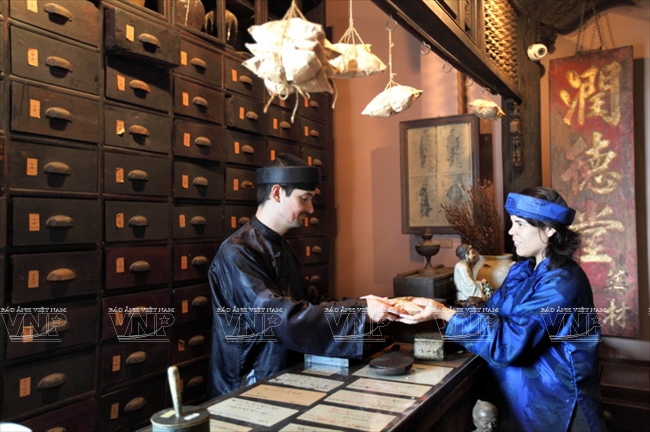
Foreign visitors experience the act of medicating at the museum. Photo: Nguyen Luan/VNP
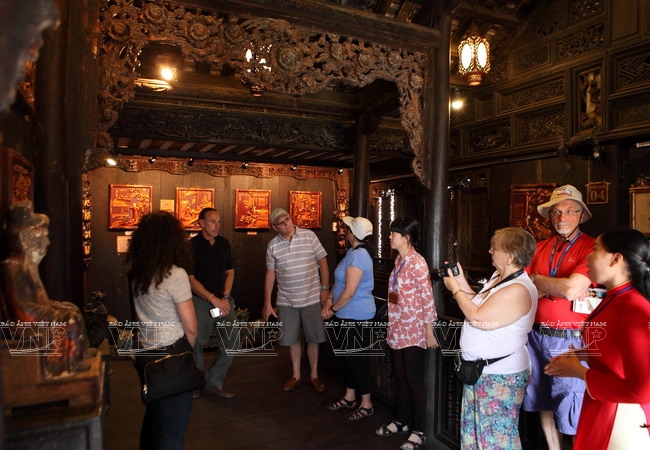
Each day, the Fito museum receives hundreds of visitors. Photo: Nguyen Luan/VNP |
More than 3,000 objects on display feature the unique value of the museum, which were made from the Stone Age till nowadays and introduced in different rooms. Among the objects are collections of instruments used in medicine production, such as the medicinal root slicer and the apothecary’s mortar, whose age is about 2,500 years, and they are diverse in materials, size and form.
In the rooms where “a northern traditional medicine house” and “a southern traditional medicine house” were re-built, hundreds of valuable remedies are showcased. Visitors can try on a physician’s suit, use some instruments to process the medicinal herbs, or feel someone’s pulse and give him/her a prescription. They can also learn more about different collections of medicine-making tools, such as the pestle and mortar, a Vietnamese scale, the plants used in making medicine and the medicine cooker or container.
On the walls of the fourth floor, there is a special wood engraving, titled “Vietnam’s famous physicians” with the names of 100 eminent physicians from the 12th century to the 20th century, who had notable contributions to the country’s traditional medicine.
There is also a bookcase containing many valuable books written in Chinese and ancient Vietnamese script about traditional medicine, a truly valuable asset.
“It is a great surprise to us to see these special objects, which help us understand Vietnam’s long-standing traditional medicine,” said Anna, an American tourist while visiting the museum.

A statue of Le Huu Trac, who is regarded as the ancestor of Vietnamese medicine, at Fito.
Photo: Nguyen Luan/VNP

Wooden reliefs on walls and pillars at Fito reflect Vietnamese medicinal practices in the past.
Photo: Nguyen Luan/VNP

An act of medicinal treatment using pulse examination and acupuncture is depicted.
Photo: Nguyen Luan/VNP
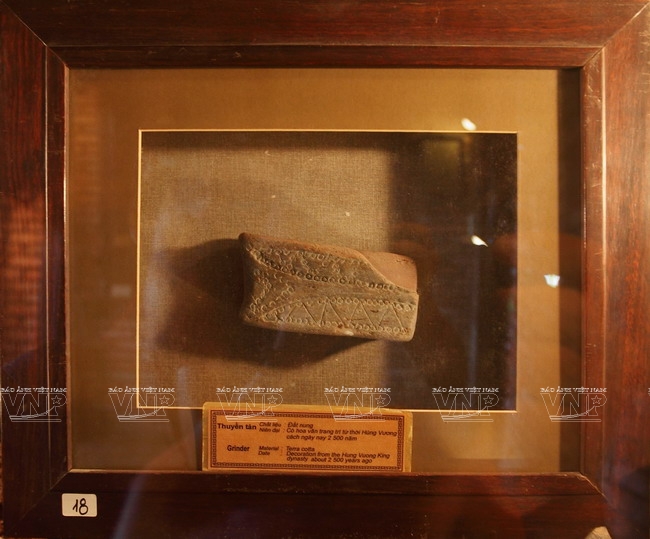
A type of grinder used for grinding medicine dating back to about 2,500 years ago at Fito.
Photo: Nguyen Luan/VNP
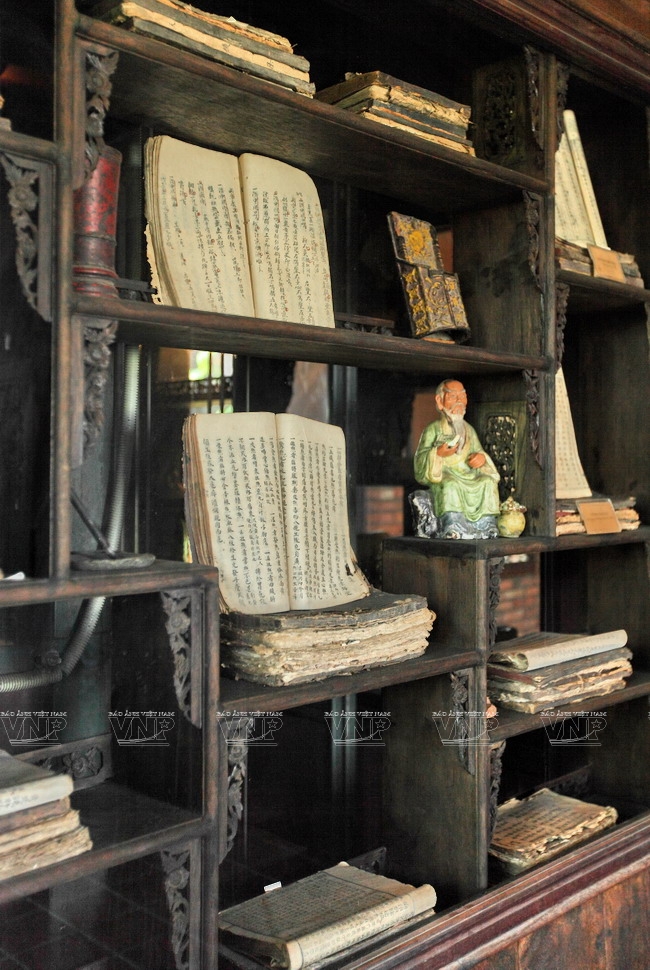
A bookshelf with ancient documents on medicine, including those of Vietnamese famous physicians.
Photo: Nguyen Luan/VNP
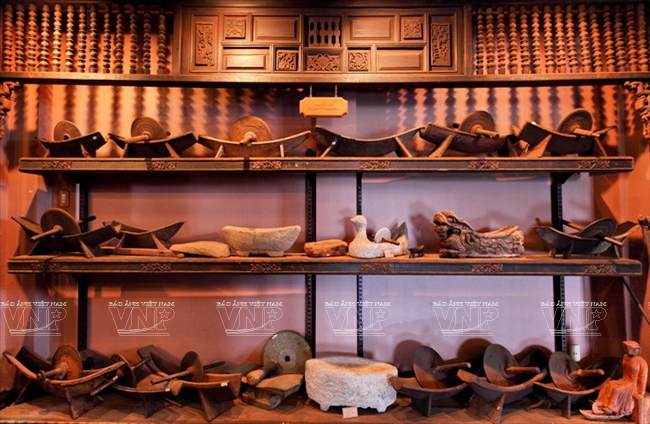
Old chopping knives and grinders used to process dry medicine
dating back to over 2,500 years ago on display at Fito. Photo: Nguyen Luan/VNP
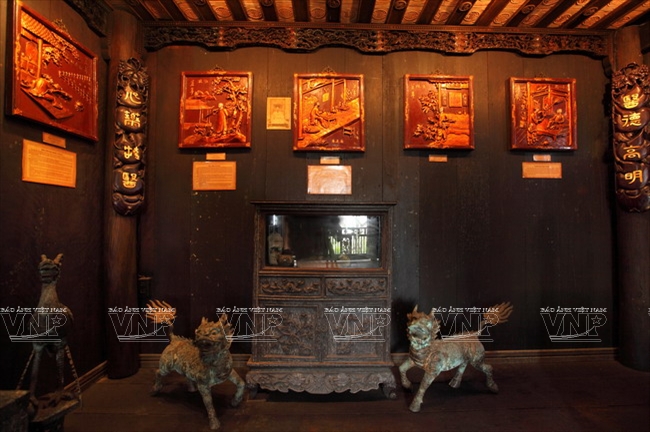
Wooden pieces of art depicting the act of processing traditional medicines. Photo: Nguyen Luan/VNP
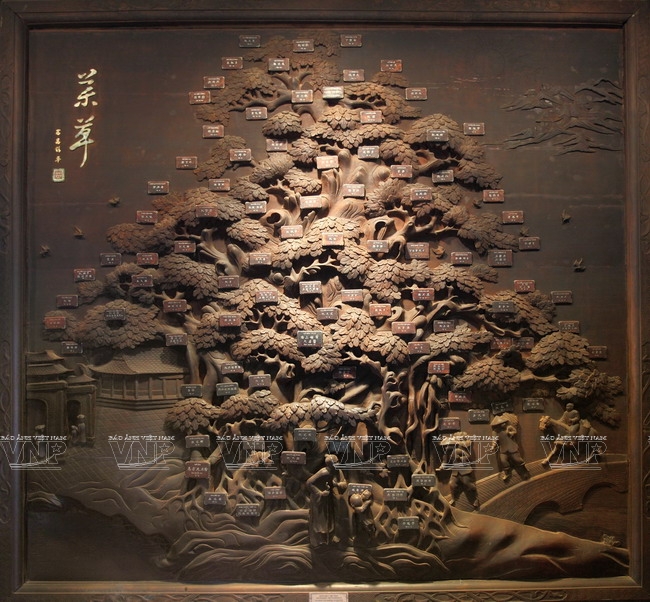
The wooden work “Vietnam bach gia y” was engraved with the names of 100 famous physicians
who made significant contributions to Vietnamese medicine from the 12th century to 20th century.
Photo: Nguyen Luan/VNP
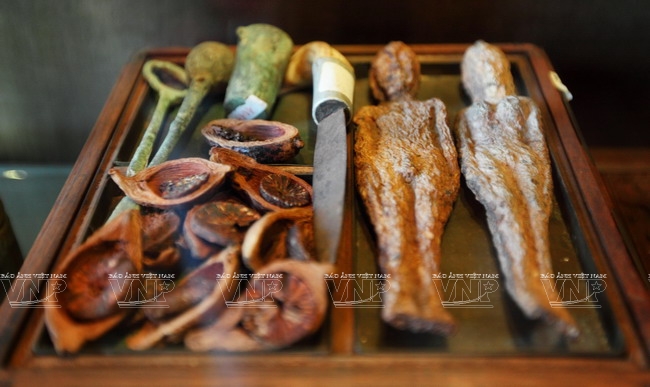
Tools for betel and areca preparation on display at the museum. Photo: Nguyen Luan/VNP
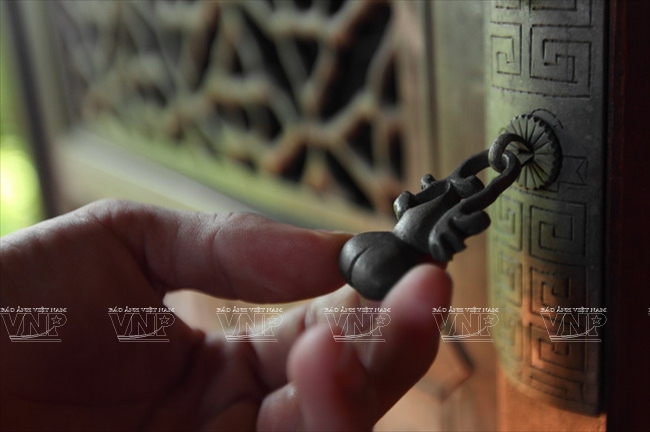
A decorative detail at the museum. Photo: Nguyen Luan/VNP |
Before leaving the museum, visitors are always treated to free herbal tea, whose special smell and taste always leave some special impression on the drinkers.
Story: Son Nghia - Photos: Nguyen Luan
phamtrangnhung